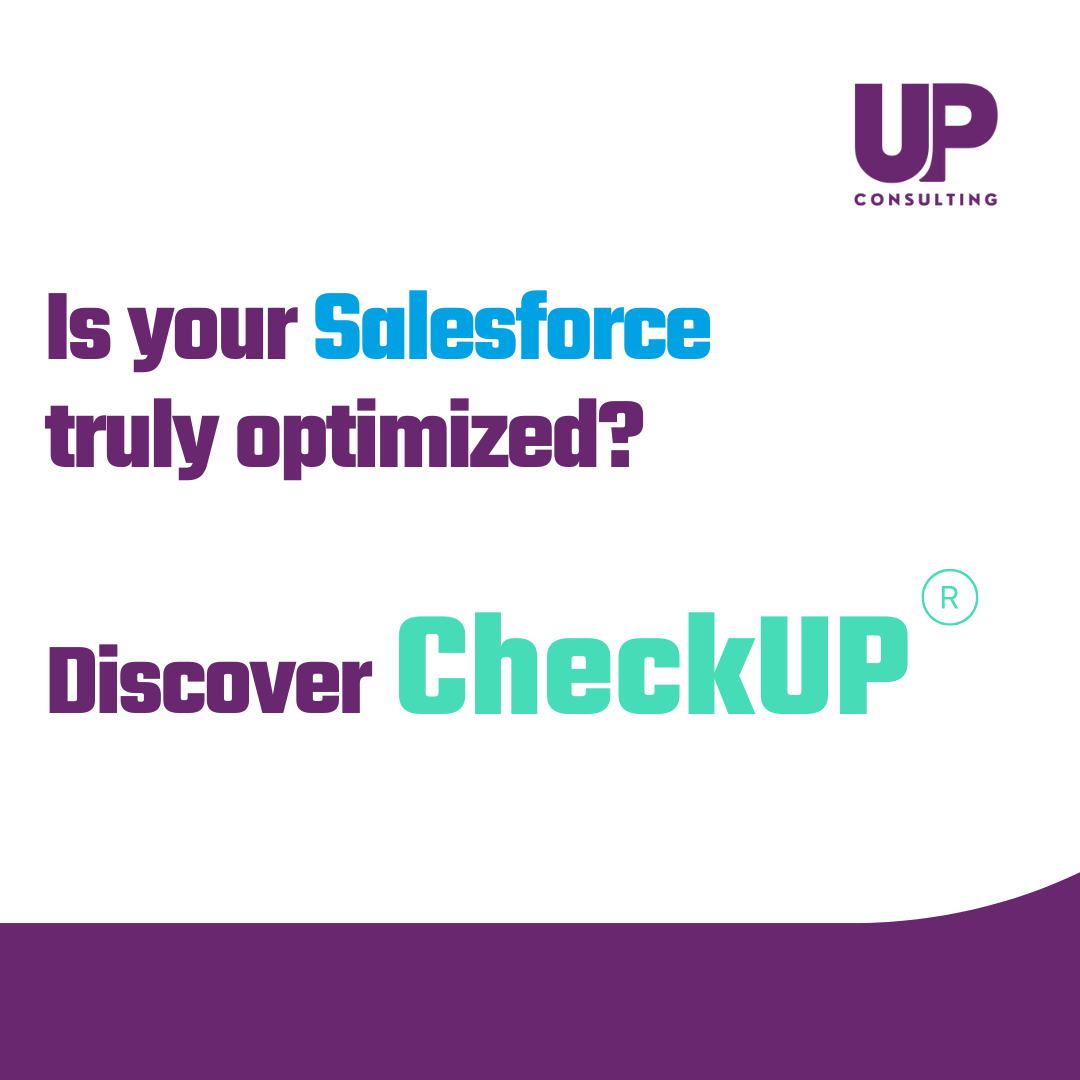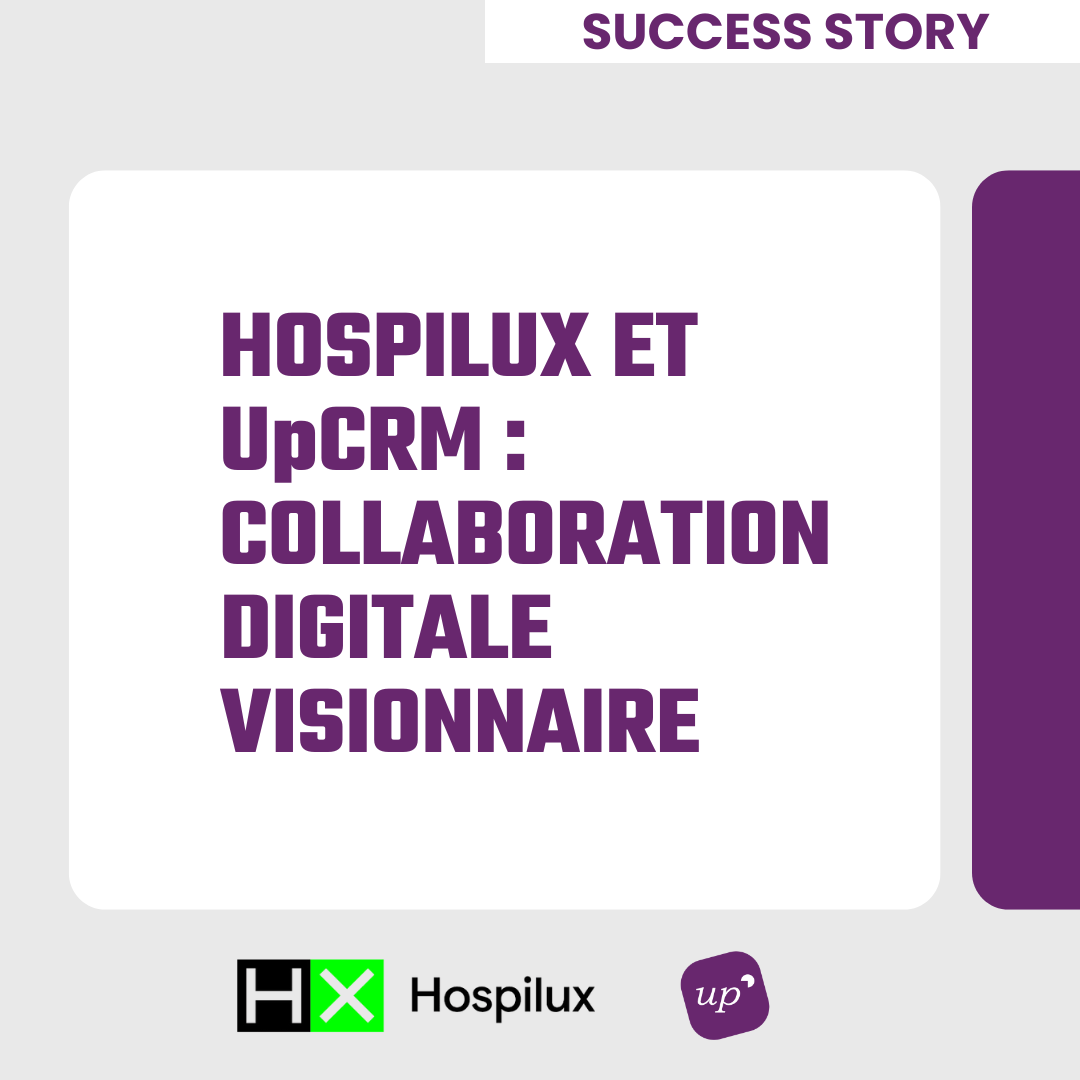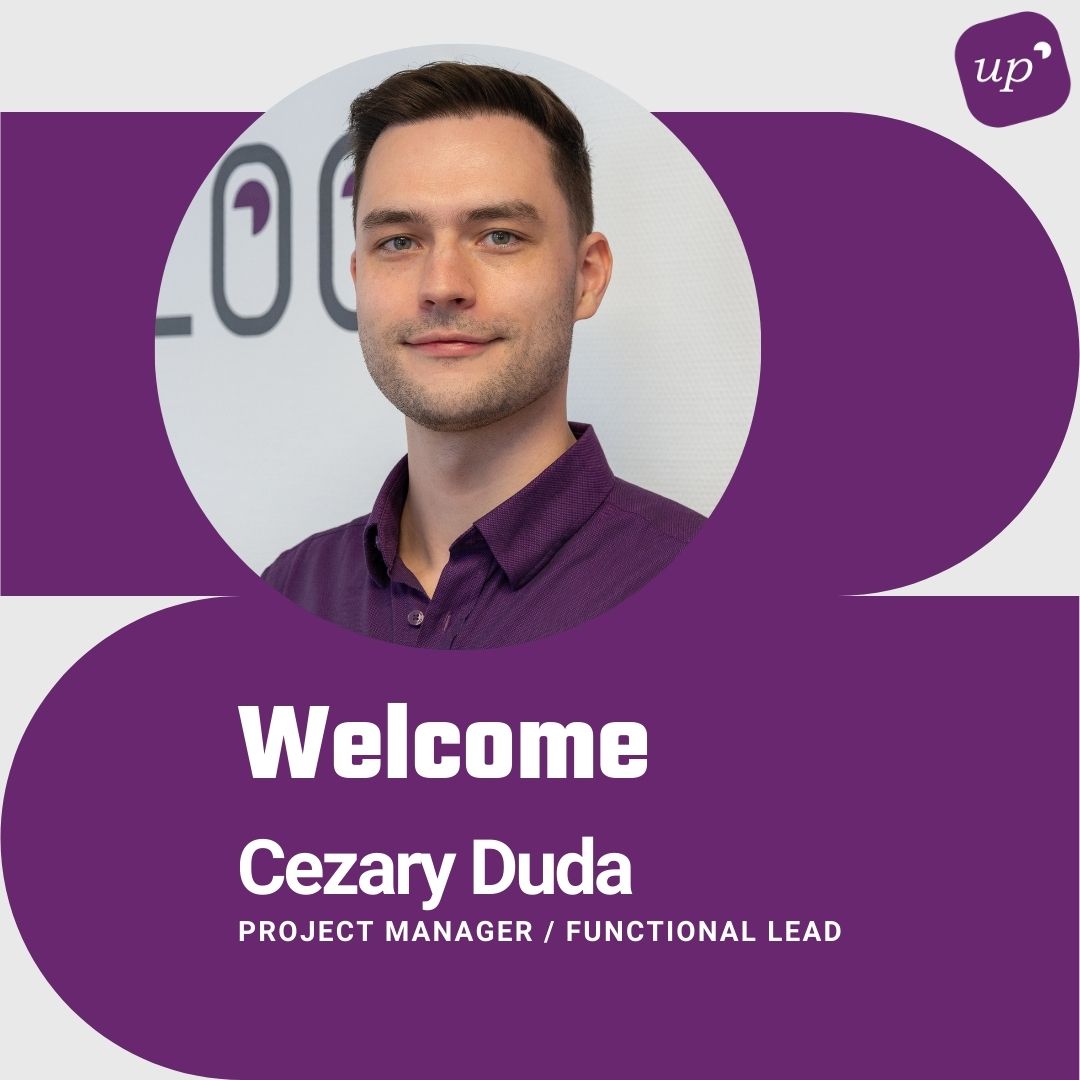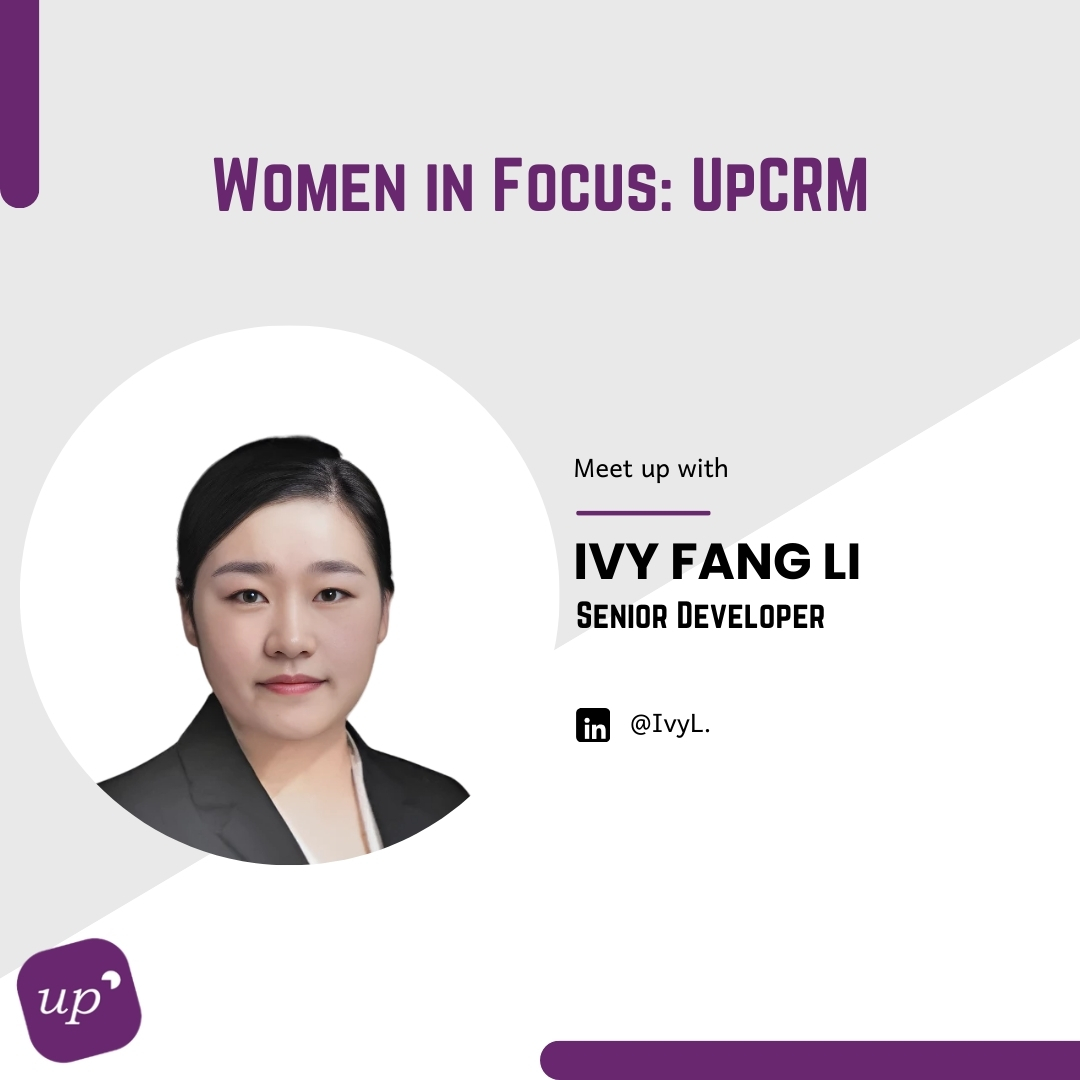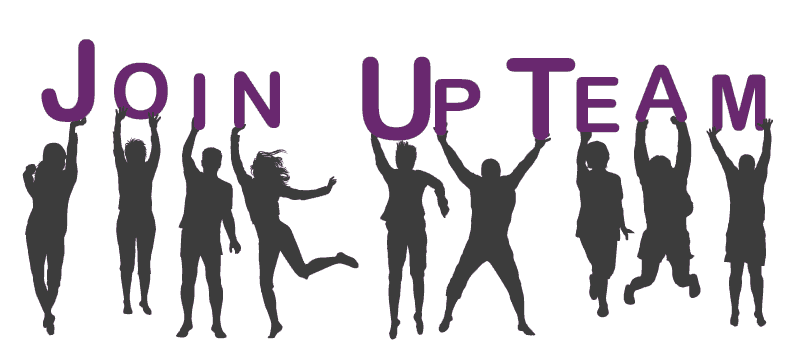We thought interesting to share with you this article, which shows us one more time how a CRM is essential for all companies and institutions.

Hospitals administration can be slow and lack of communication. Everyone can relate to this matter. But is there a way hospital organization could be easier and smoother? Indeed, implementation of a CRM in hospitals can be done, always in order to maximize datas from customer, and provide a better service.
Population health analytics have been available for several years now, but many hospitals, health systems and health plans have been slow to adopt them. With payers increasingly emphasizing value-based reimbursement, you’d think all of these organizations would be moving rapidly to identify and stratify risk. So why has progress been so slow?
What we hear from both providers and health plans is the same concern: “Once I’ve identified and stratified patient risks, what do I do with this knowledge? The easy part is the analytics.”
These organizations lack two important support tools to manage population health effectively. First, they need a tool for storing and managing patient data that is gleaned from sources other than claims and electronic health records (EHRs). It might come from demographic data, social media data or from the patient directly, and it is critical to managing high-risk patients. The problem is that this information doesn’t have a home in provider EHR systems or health plan claims systems and, while many EHR vendors say they are going to have this in future versions, the truth is it will take them some time to do so. We also wonder if EHR vendors really understand the needs better than CRM vendors, who have been in the relationship management space for many years.
The second issue is a lack of clear protocols for disseminating and following up on patient risk information. Who is responsible? How will that person get the risk data? What steps need to happen to ensure that gaps in care are closed and risks are mitigated? How do we track the progress?
Fortunately, many health plans already have a tool that can help solve both of these issues — a cloud-based customer relationship management (CRM) system. Most people look at CRMs as a tool for marketing, sales and customer service, and it is true that they are useful in these realms. But they can serve an even higher purpose by managing information about the social determinants of health and enhancing communication and coordination of care across all providers, including social services and community support.
Let’s look at how a care coordinator could help a patient with a chronic disease who has missed most of her physician appointments over the past year and hasn’t regularly filled her medication prescriptions. The care coordinator could talk with her to learn more about her life and the challenges that are keeping her from taking better care of her health. The data could be stored in the CRM and used to develop a care plan that includes social and community services to help the patient better manage her disease. It could also keep track of all the different physicians who have treated the patient, which is often a challenge if the patient has multiple co-morbidities.
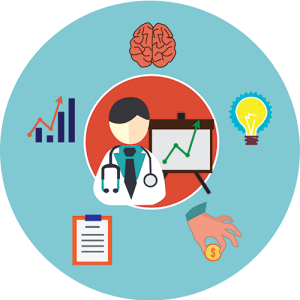
The advantage of this tool is that all caregivers can be given access to it, with the patient’s permission. This enhances communication between primary care physician practice, any specialists or urgent/emergency care providers, the health plan, the care coordinator and other helpers, such as community service providers and family members.
A health plan care coordinator using a CRM could track the patient’s status, arrange services as needed, alert caregivers to gaps in care or social factors that might cause poor outcomes, and set automation criteria that allow for automated digital interactions at a personal level. CRM gives all the stakeholders a common record of the patient’s status, needs and care that really isn’t available anywhere else and it provides an operational tool to help engage and track interactions.
It is worth noting that the information you load into your CRM might be important in identifying risk as well as managing risk mitigation. A patient who lives far from primary care has transportation or money challenges or who has low health literacy generally will have poorer outcomes than a patient with identical clinical markers who doesn’t face these challenges.
By pulling data from disparate systems and social interactions, a CRM system can provide the much needed comprehensive view of each member ultimately resulting in better outcomes, which is what this is truly all about.

